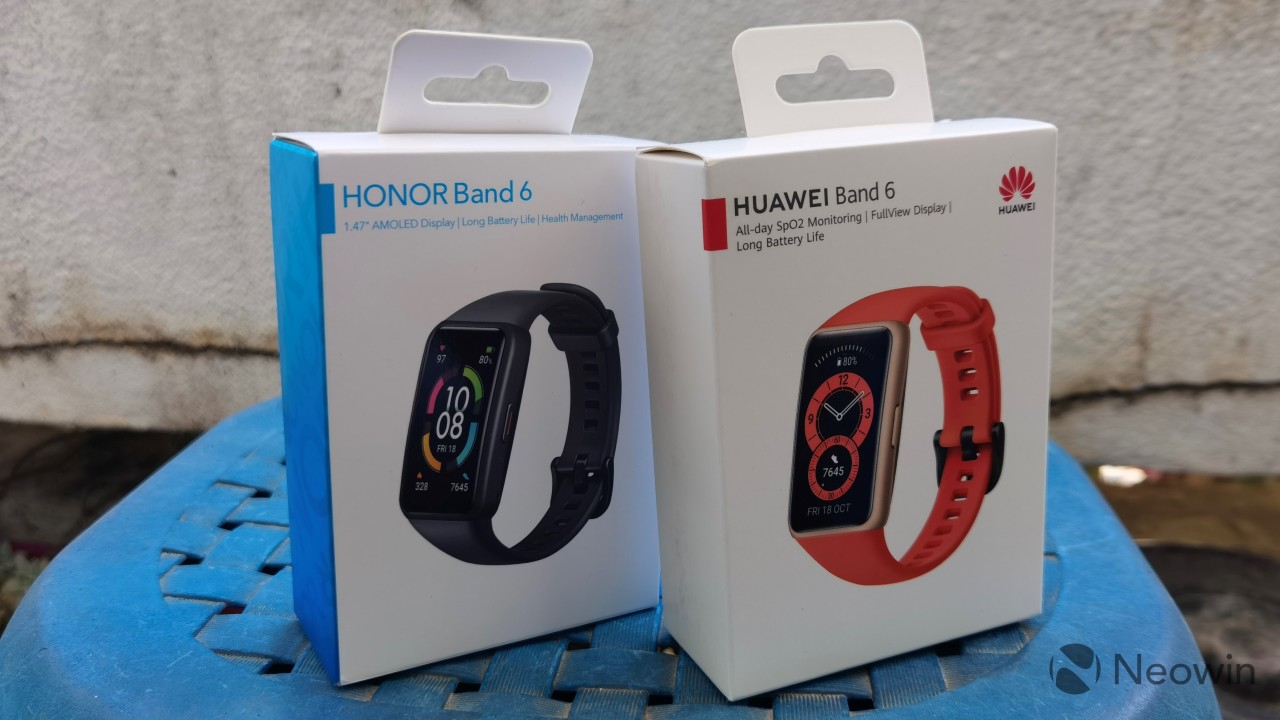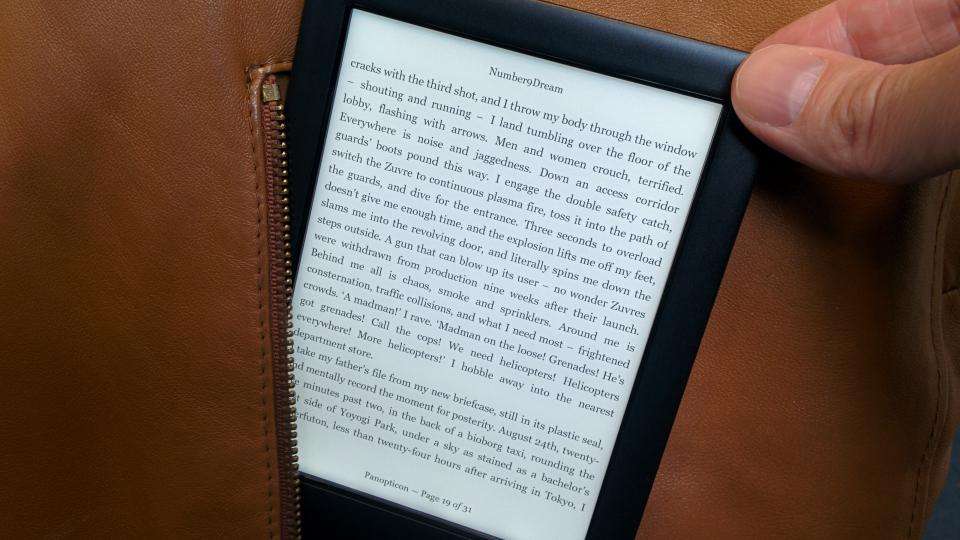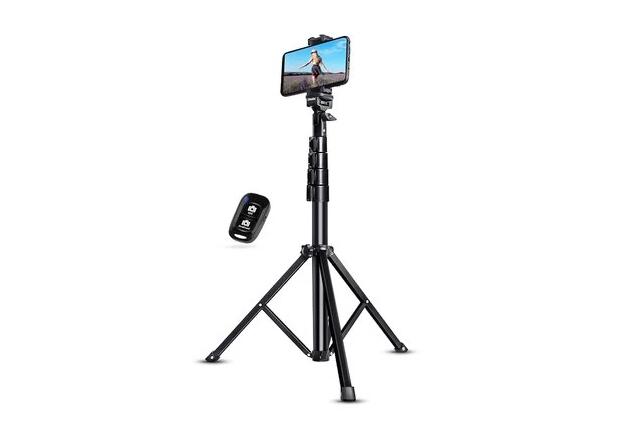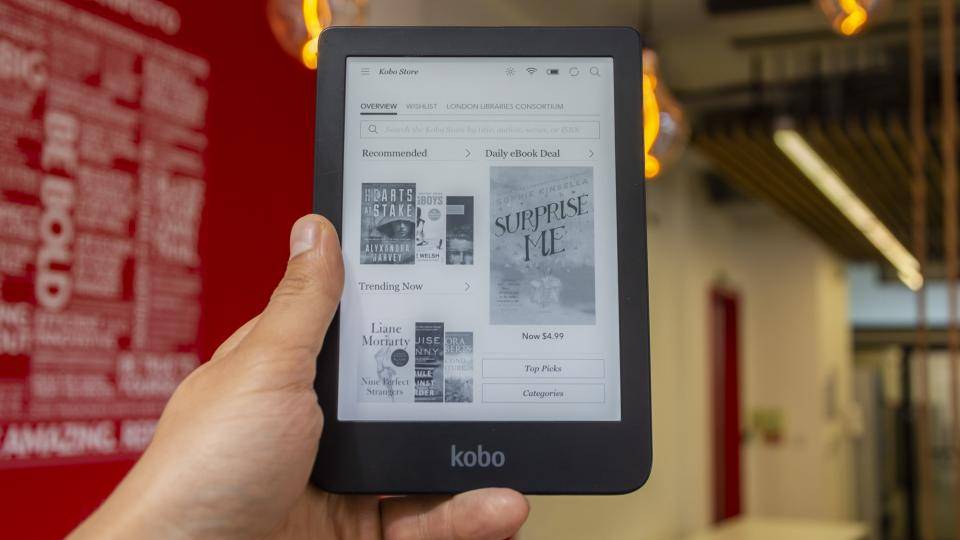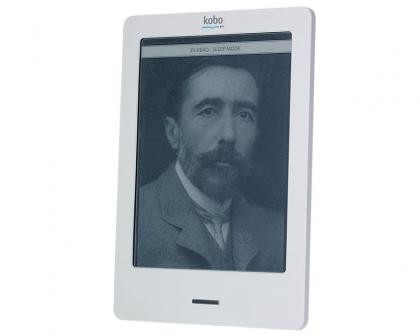Power banks are crucial accessories for keeping our devices charged and ready, especially when we’re on the go. With countless options available, selecting the right power bank can feel overwhelming. It’s essential to consider a variety of factors, from capacity and charging speed to portability and additional features. These portable chargers are invaluable for powering up smartphones, tablets, laptops, and other tech gadgets when direct power sources are unavailable. Whether you’re traveling, working remotely, or just dealing with heavy device usage, having a reliable power bank is indispensable. In this guide, we’ll explore the essential aspects to consider when choosing a power bank, such as capacity, compatibility, size, and the specific needs different types of power banks address. Additionally, we’ll provide an insight into some popular Anker models, showcasing their unique features and benefits. By the end of this article, you’ll be well-equipped to choose the perfect power bank for your devices.
Key Features to Look for in a Power Bank
When selecting a power bank, the first feature to consider is its capacity, typically measured in milliamp hours (mAh). The capacity dictates how many times it can charge your devices. For instance, a 10,000mAh power bank might charge an average smartphone two to three times, which is great for daily use or short trips.
Fast charging capability is another critical aspect. Power banks with fast charging can significantly reduce the time required to charge your devices. Look for specifications indicating fast-charging technologies such as Quick Charge or Power Delivery (PD). This is particularly important for power-intensive devices like laptops.
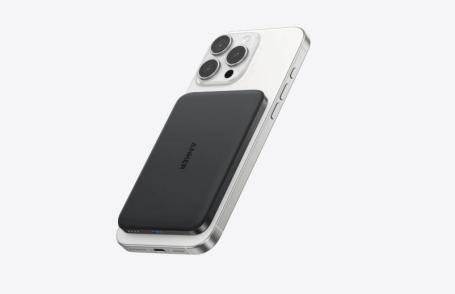
Portability is a key factor for many users. An ultra-slim, lightweight power bank is ideal for those constantly on the move, ensuring ease of carrying without adding bulk. Conversely, if you’re going for high capacity, some compromise on portability may be necessary.
Compatibility is crucial to ensure your power bank works with your devices. Check the output voltage and amperage, and ensure it matches your devices’ charging requirements. Multi-port power banks offer more flexibility, allowing you to charge multiple devices simultaneously.
Finally, additional features such as wireless charging, built-in cables, and LED indicators can enhance convenience and user experience. Prioritize features based on your lifestyle and device usage to make an informed choice.
Types of Power Banks for Different Needs
Choosing a power bank often depends on your specific needs and usage habits. Each type offers unique advantages tailored to different situations. Let’s explore some popular types:
Ultra-Slim Power Banks
Ultra-slim power banks are perfect for users looking for maximum portability. These models often are lightweight and easy to carry in a pocket or small bag, making them ideal for everyday use. Despite their compact form, they provide sufficient power to keep essential devices like smartphones and earbuds charged throughout the day. With their sleek design, ultra-slim power banks are a favorite among travelers and minimalists who prioritize convenience and space-saving. They’re less likely to interfere with the other contents of your bag, providing a practical solution for maintaining style and lightness on the go.
High-Capacity Power Banks
For those in need of more power, high-capacity power banks are the way to go. These models boast larger mAh ratings, capable of charging devices multiple times on a single charge. They’re excellent for long trips, outdoor activities, or when you anticipate heavy device use without access to a power outlet. Although less portable due to their size, the trade-off is their ability to keep multiple devices powered over extended periods. High-capacity power banks are equally suited for charging tablets, laptops, and other power-hungry devices. When portability is less of a concern, these versions gain popularity as reliable backup power sources.
Wireless Charging Power Banks
Wireless charging power banks offer the convenience of cable-free charging for compatible devices. They work by positioning your device on the power bank’s charging surface. This feature is particularly beneficial for situations where plugging in isn’t feasible or desired. Wireless power banks often pair well with gadgets supporting Qi wireless charging, ensuring a quick and user-friendly experience. They maintain a clean environment by eliminating the need for numerous cables. Users embracing the wireless trend find these power banks streamline the charging process without sacrificing efficiency, particularly when engaging in activities where connectivity ease is prioritized.
Comparing Popular Power Banks: Anker Models
Anker offers a diverse range of power banks, catering to varied requirements and preferences of users. Two standout models include the Anker Nano Power Bank and the Anker Prime 27,650mAh Power Bank.
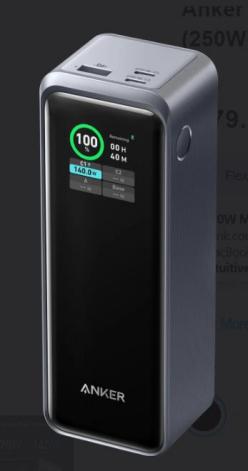
The Anker Nano Power Bank is designed for those who value portability without compromising on functionality. It features a 5,000mAh capacity, perfect for short trips or daily use. With its ultra-slim, Qi2-compatible magnetic design, it supports 15W MagSafe-compatible charging. Enhanced safety features ensure it remains safe to touch even during extended use, thanks to its heat management at 104℉.
On the other hand, the Anker Prime 27,650mAh Power Bank caters to users needing more substantial power. With a massive 27,650mAh capacity, it can charge larger devices like the MacBook Pro 16” to 50% in just 28 minutes due to its 250W multi-device fast charging. Powered by the latest PD 3.1 technology, it includes two USB-C ports and one USB-A port. The Anker app further augments usability with sound alerts and real-time stats. The ability to charge the power bank swiftly reflects its thoughtful design to meet demanding power requirements.
When comparing these models, your choice will hinge on your specific needs for portability, capacity, and additional features like wireless charging and app integration.
Conclusion
Selecting the right power bank means understanding your own device usage and lifestyle needs. From ultra-slim designs offering portability and ease, to high-capacity options providing efficiency during long trips, each type has its unique benefits. Evaluating key features such as capacity, charging speed, and compatibility ensures you pick a device tailored to your requirements.
By considering examples like the Anker models – with their specific strengths in portability, power, and added functionalities – you can gauge what aligns best with your expectations. Investing a bit of time in choosing a power bank helps make tech life more convenient and efficient. This tech accessory becomes indispensable as our dependency on mobile devices grows. Whether you’re a frequent traveler, a busy professional, or a gadget enthusiast, the right power bank bridges the gap between power outages and ready-to-use devices.

